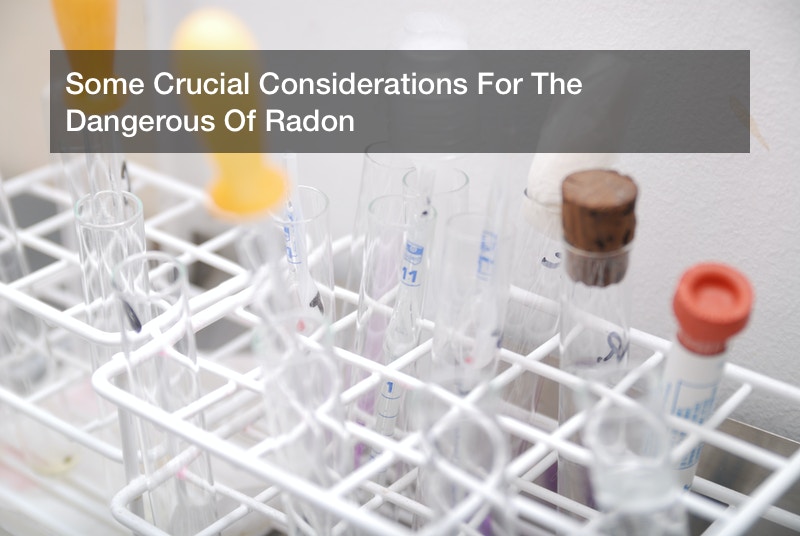
Though radon is a gas that is odorless, tasteless, and invisible to the naked eye, it is certainly far from harmless indeed. As a matter of fact, radon is anything but harmless, leading to a number of different medical issues in people of all ages. One of these most pronounced medical issues is that of lung cancer, for which radon has become the second leading cause in all of the United States, falling behind the usage of tobacco products alone.
Sadly, this means that the toll radon takes in just the span of a single year is a high one. Over this period of time, more than 20,000 people will actually end up losing their lives as a result of radon exposure, as this is the number of people who will die from lung cancer that has been caused by radon exposure. And lung cancer, sadly, is a horrible way to go. It is a type of cancer that can be difficult to treat as well, primarily because it is often not diagnosed until it has reached its later stages. For many people, the symptoms of lung cancer do not even become particularly pronounced until later in the game, making treatment all the more difficult as a result.
And radon is much more prominent than many of us might think. As a matter of fact, high levels of radon, levels that reach or even exceed the action level that has been set by the Environmental Protection Agency (the EPA), can actually be found in one out of every 15 homes in this country. And in some parts of the country, this problem has become an even more pronounced one, with up to one third of all homes testing at high levels of radon. In fact, this is something that can be said of up to seven different states, as well as three different Native American reservations.
And the level of radon needed to classified as being at that EPA action level is certainly a high one. As a matter of fact, if you stood at the fence of a radioactive waste site, you’d be exposed to less radon than in your very own home. Just by being in a home with radon levels meeting the EPA action level, you are exposed to around 35 times the levels of radiation. And with such high levels of radiation, it only makes sense that something like lung cancer would and does occur as a result. And staying in a home with high levels of radiation, especially levels of radiation that are on the rise, can continuously worsen your chances for developing lung cancer. As a matter of fact, the data that has been gathered on the subject is more than in support of this claim, for it shows that, for every increase in radon by 100 Bq per m, your likelihood of being diagnosed with lung cancer actually increases as much as a full 16%.
But fortunately, there are steps that you can take to actively prevent this. For one thing, a radon testing contractor and larger radon testing services in general can be found all throughout the United States. A radon testing contractor will be able to provide you with both short term and long term residential radon testing. Typically, a radon contractor is likely to use a radon test for anywhere from two to 90 days. However, long term tests, tests that can be utilized past that 90 day mark, are also available. The test that is ultimately utilized is something that will be decided by your radon testing contractor. And your radon testing contractor is someone who will know how to properly interpret the results – as well as what to do next.
But what happens if a radon testing contractor does end up discovering radon within your home? For one thing, there is no reason to panic. There are many steps that can be taken to mitigate the overall levels of radon in your home. For example, even passive methods of mitigation have been found to make a profound impact on overall radon levels, dropping them by as much as 50%.

